OneFootball
Alex Mott·6 January 2021
🕵️♂️ Football League Focus: Queens Park Rangers
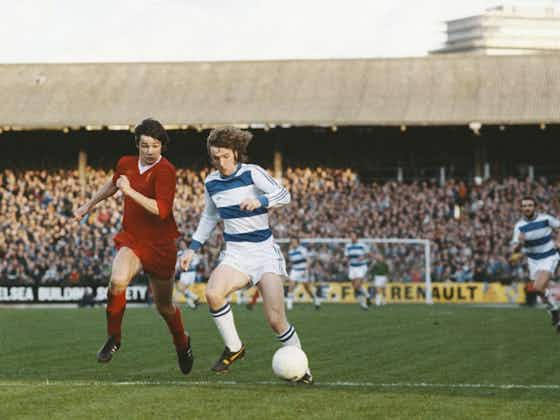
In partnership with
Yahoo sportsOneFootball
Alex Mott·6 January 2021

Welcome to our latest series here at OneFootball where we’re shining a light on one Football League club each week.
It’s our chance to go in-depth on sides that don’t normally attract our attention and hold up a magnifying glass to the plethora of brilliant stories outside the Premier League.
So far we have looked at:
Cardiff City, Derby County, Sunderland, Nottingham Forest, Huddersfield, Stoke, Birmingham, Sheffield Wednesday, Norwich, Bristol City, Portsmouth and Watford.
This week it’s the turn of west London’s original playboy club. The natural home football’s artisans, rogues and scoundrels. Where Pete Doherty went as a boy to watch Stan Bowles tread the boards. It’s QPR.
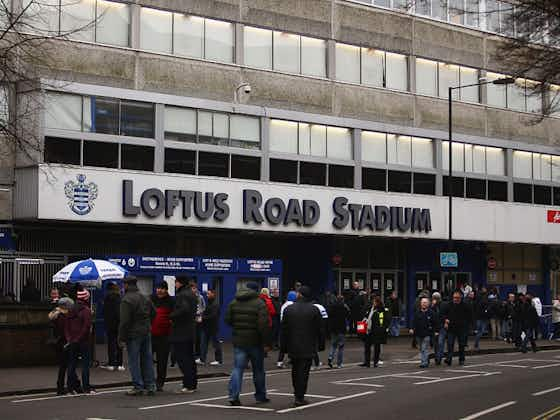
A merger between St Jude’s and Christchurch Rangers in 1886 saw Queens Park Rangers birthed in the muddy waters of early London football.
A nomadic existence in the first 30 years of their history saw QPR play in an English football record of 20 separate stadia before, in 1917, they settled at their current ground, Loftus Road.
The Hoops enjoyed a modicum of success pre-war, winning the Southern League on two occasions and actually playing in the first ever Charity Shield match in 1908, losing 4-0 to League champions Manchester United.
But it wasn’t until the arrival of a diminutive former inside forward from Somerset that things really started to change …

Alec Stock first came to Loftus Road as a player at the end of the 1930s. He joined QPR from Charlton but after just one season was sold to Yeovil Town and would never make another professional appearance in his career again.
That sense of ‘what if?’ of a career cut short by war was the clear driver as he became player-manager of Yeovil, went to Italian giants Roma for one season, and was then persuaded back to QPR in time for the 1958/59 campaign.
It would begin the greatest period in the club’s history.
Success was slow to begin with though as Stock – nicknamed ‘The First Gentleman of Soccer’ – gave chances to youth team players like Phil Parkes, Don Givens and Dave Thomas.
But QPR’s orbit entirely changed in 1965 when Jim Gregory burst through the doors at Loftus Road.
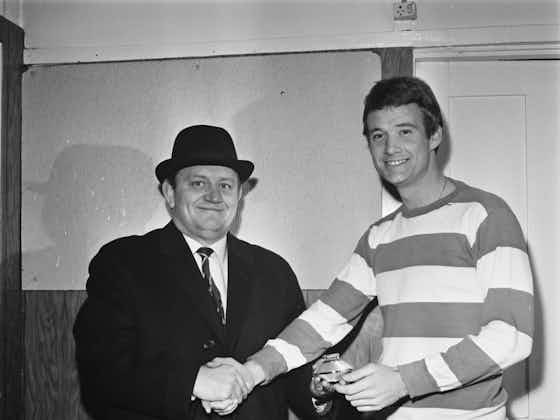
Starting as a market fishmonger, Gregory graduated to selling used cars, then new cars, then garages, then an entire franchise of garages.
The brash, bold, some would say boisterous businessman took sole ownership of QPR and wanted success, quickly. Thankfully, that’s exactly what Stock gave him.
In his first full season, QPR finishing third in the Third Division — scoring 95 goals in the process — but missing out on promotion by 10 points.
That summer, as a ‘we’ll show them’ type gesture, Gregory dipped into his considerable pockets and paid £15,000 for Fulham reserve Rodney Marsh. It was a masterstroke.
In 1966/67, QPR won the Third Division by a remarkable 15 points (in the time of two points for a win, don’t forget) and then created history by becoming the first ever third tier team to win a major trophy in English football.
Leicester, Swansea, Carlisle and Birmingham were all beaten as QPR faced First Division West Brom in the first League Cup final at Wembley.
It looked like a step too far for the Hoops as West Brom raced into a 2-0 lead, only for Roger Morgan, Mark Lazarus and that man Marsh to score three unanswered second half goals.
The famous three-handled trophy went back to west London, but into a bank vault — QPR never had the need for a trophy cabinet before that day.
It kickstarted an unprecedented run of success as QPR then tasted a successive promotion, coming second in the Second Division, claiming a promotion spot on the final day thanks to goal average.
They were only the second side in the Football League to ever claim successive promotions to the First Division.
Stock was eventually moved on, but thanks to his groundwork, a Dave Sexton-led team returned to the top flight and, in 1974, finished in their highest ever league position.
That campaign was astonishing for many reasons, but any QPR fan will tell you that the sight of Stan Bowles that term was truly a sight to behold.
Bowles helped guide them to second, just one point behind winners Liverpool. The long-haired lad from Manchester was a magician whose laissez-faire attitude to training and ability to make pints disappear as well as defenders turned him into a cult hero in west London.
In 2000 he would be voted their greatest ever player.
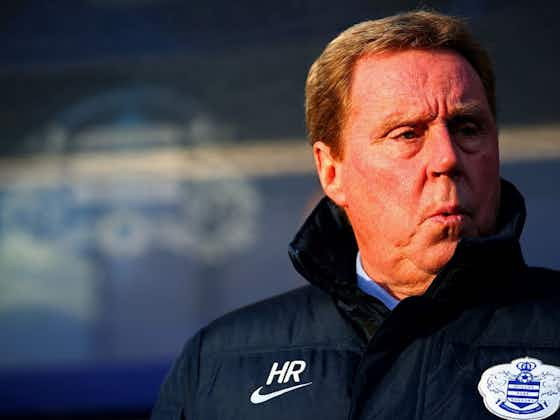
1982 was a great year on the pitch for QPR, as Terry Venables lead the side to the first – and so far, only – FA Cup final, losing to Tottenham on a replay.
But it was also the year that the team’s reputation amongst English football neutrals changed for the worse.
Gone were the rebels of the 70s and in came their infamous artificial pitch.
QPR, alongside Oldham, Luton and Preston installed what was essentially green carpet instead of grass and contributed to one of the most farcical episodes in Football League history.
After six years, the ‘plastic pitch’ was banned by the authorities thanks to a horrible succession of injuries and burns, and in the process Rangers became a solidly mid-table Second Division side.
In recent years, it’s been things off the (grass) pitch that have caused most consternation to supporters in W10.
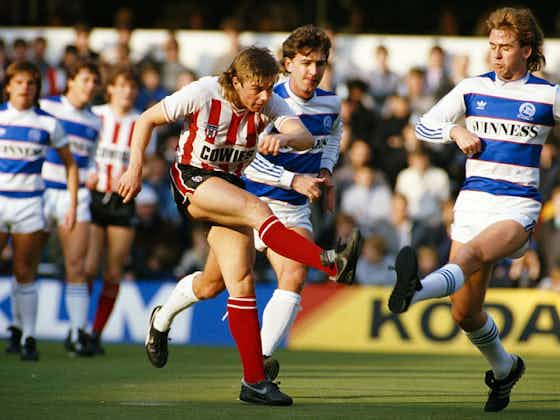
The Tony Fernandes era will go down in infamy as one of turmoil and haphazard management.
If ever the phrase ‘throwing good money after bad’ was applicable, that was here, with QPR in 2013 paying more in wages per year than Champions League finalists Atlético Madrid.
In a surprise to absolutely no one, Harry Redknapp was unable to keep that side in the Premier League and the quit 18 months later with the team in decline.
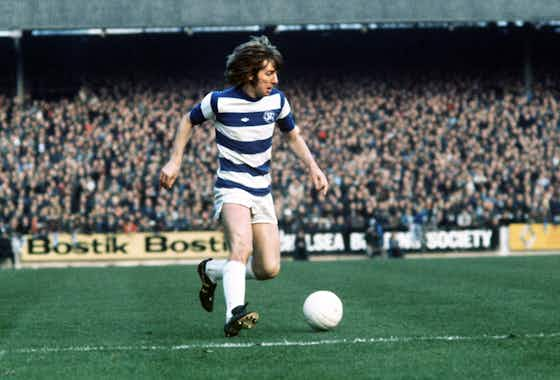
Stan Bowles was the maverick’s maverick. A truly special talent who refused to conform, he is still widely referred to as ‘The King of Loftus Road’.
Rodney Marsh was an integral part of QPR’s rise up the divisions in the late 1960s and was included in the club’s greatest ever XI.
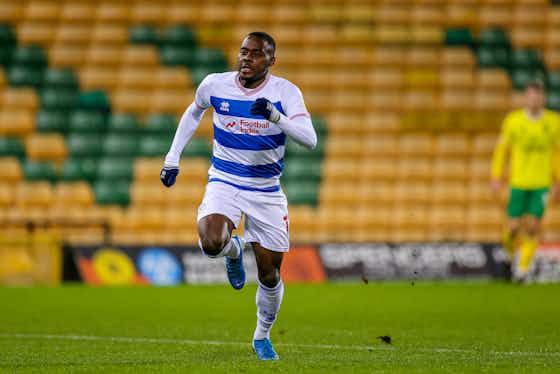
Bright Osayi-Samuel has been one of the few bright spots this season for QPR. The 23-year-old winger is brave on the ball, clever with his movement and deadly in front of goal.
How long though, will he be at Loftus Road? Reports from several sources claim that the youngster has agreed pre-contract terms with Celtic and Fenerbahce.
Ilias Chair is a Morocco youth international who has really come into his own this term. The 23-year-old is now one of the first names on the team sheet after signing a new three-year deal in 2020.
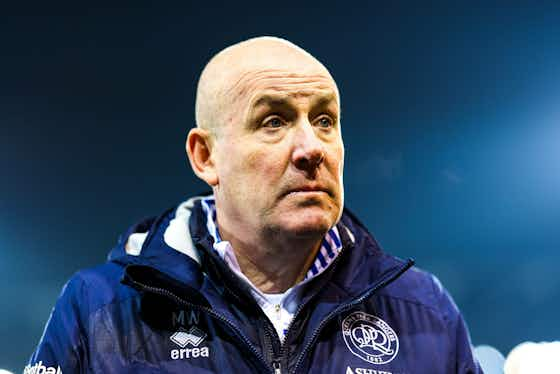
Mark Warburton clearly has all the right ideas but we’re now 18 months into his tenure at Loftus Road and it’s hard to shake the idea that this is a club in stasis.
The west London side are currently 20th in The Championship and are on a run of nine games without a win.
It’s the sort of form that should get a manager sacked, and it looks like Warburton isn’t long for the chop.
If we’re going to be charitable we’ll say that it’s not been the best campaign so far for the Hoops. Just four wins from 22 games does relegation form make.






























































